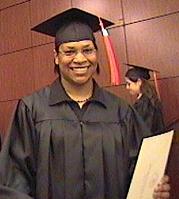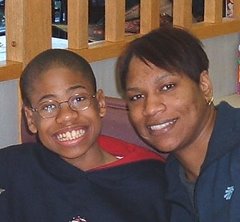Individuals with often miss the subtle meanings conveyed by a person's face and tone of voice, and have trouble determining the communicative intent of others. Neuroimaging show individuals with autism spectrum disorders (ASDs) show reduced activity in the regions of the brain that respond to such cues. In a report in the Archives of General Psychiatry and currently online, UCLA researchers providing ASD children with explicit instructions to pay more attention to facial expressions and tone of voice elicited an increased response in the medial prefrontal cortex, part of the brain's network for understanding the intentions of others. "That's significant. The fact that you can 'normalize' activity in this region in the ASD group by directing their attention to these important social cues clearly indicates there's nothing intrinsically wrong with this region in the autistic brain," said Mirella Dapretto, co-authored the study with her former graduate student Ting Wang, a postdoctoral fellow at Mount Sinai School of Medicine. "This is a very positive thing," Dapretto said, "because these findings have implications for future interventions" they suggest that you could train the autistic brain to make use of the information conveyed by the human face and voice to successfully navigate social interactions. child-autism-parent-cafe.com
Read full article
Forget what you haven't heard… Family site shares news, resources, announcements and free or low-cost ways to help us manage day-to-day living with autism.
Crystal Brown

About Me

- Crystal
- AutismConcepts.com and Child-Autism-Parent-Cafe.com share a large collection of useful autism information, resources, and how-to articles written by authors who are touched by autism, offering practical solutions to families. Particularly minority and underserved families and caregivers who may not know what to do or where to go for help.
